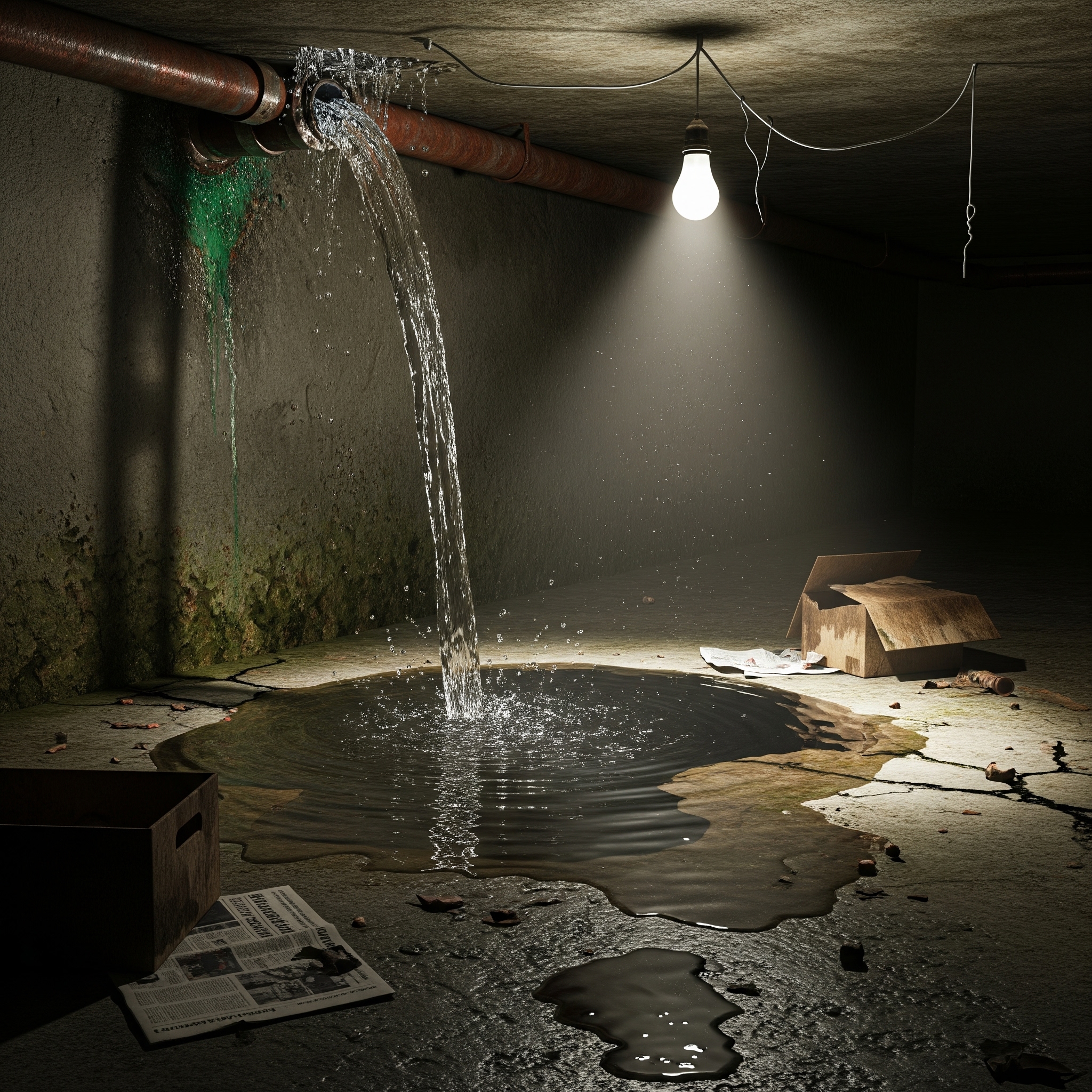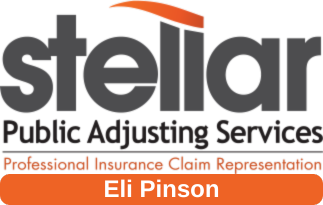This proactive approach not only helps in filing a comprehensive claim but also in expediting the claims process.
Engaging with your insurance company right after discovering the leak ensures that you receive adequate guidance on the immediate steps to take. This includes documenting the damage and protecting your property from further harm. Such measures are pivotal in strengthening your insurance claim and securing a fair settlement for repairs and replacements.
Understanding the Basics of Water Leak Insurance Claims
A successful water leak insurance claim often involves navigating the complexities of filing an insurance claim, understanding what policies cover sudden and accidental water damage, and the role of public adjusters. Proper documentation of damage from burst pipes, and dealing with water damage immediately, are foundational steps in the process.
Identifying Whether Your Insurance Covers Water Damage
Insurance covers for water damage can vary, making it essential to consult your insurance provider. Typically, a successful water leak insurance claim includes coverage for sudden pipe bursts, roof leaks, and water backup, but not all policies cover standing water or the gradual flow of water.
What's Typically Included
Homeowner’s insurance typically requires coverage for sudden and accidental water damage, including that from burst pipes or roof leaks. However, gradual damage and long-term leaks may not be covered, emphasizing the need for flood insurance in certain areas.
Understanding Exclusions: Water Damage Not Typically Covered
Gradual damage and long-term leaks often fall outside standard homeowner’s insurance coverage, highlighting the importance of flood insurance. Such exclusions underscore the necessity for homeowners to understand their policy's limitations and possibly consider additional coverage.
Immediate Actions Upon Discovering a Leak
When discovering a leak, acting swiftly to minimize damage is crucial. Homeowners should immediately document the source of the water damage and take videos of the affected areas using a phone or camera. This initial response is vital for insurance companies to assess the claim accurately.
Initial Steps to Take
The first steps after finding a leak involve stopping the leak if possible, documenting the damage, and contacting your insurance company. It's essential to keep records of all communications and repairs made, as these details are critical for your insurance claim.
The Importance of Quick Action to Minimize Damage
Quick action following the discovery of a water leak can significantly reduce the scope of damage. Promptly drying out wet areas, using fans and dehumidifiers, and removing water-soaked items can help prevent mold growth and structural damage, ultimately affecting the outcome of your insurance claim.
Key Steps to Making Your Claim
To ensure a fair assessment and adequate compensation for living expenses and damages, it's crucial to provide thorough documentation, including photos and videos of the damage. Understanding the insurance company's fee structure can also help in securing the compensation you’re entitled to.
Documenting the Damage Thoroughly
Detailed records of the damage, including the use of wet vacuums and other cleanup efforts, are crucial for your claim. Notifying your insurer and filing your claim promptly, with comprehensive documentation, significantly strengthens your case and advocates for your interests with the insurance company on your behalf.
Taking Photos and Keeping Records
Documenting the extent of water damage through photos and videos is essential. Keeping a log of all damaged property, repair receipts, and correspondence with your insurance company provides a solid foundation for your claim.
Professional Assessments: Their Role and Benefits
Engaging professionals to assess the extent of structural damage and oversee the drying process can provide an objective viewpoint on the repairs needed. Insurance companies often rely on these assessments to determine the scope of compensation, making them a valuable part of the claims process.
Contacting Your Insurance Agent
After a pipe bursts or when damage is extensive, contacting your insurance agent is the first step in navigating the claims process. Calling your agent promptly allows for an adjuster to inspect the wet areas and evaluate the property damage, streamlining the process towards a fair settlement.
How to Communicate Effectively
Effective communication with your insurance agent involves being clear and precise about the extent of the damage and the cause. Providing detailed information and being responsive to inquiries can enhance the chances of a favorable outcome.
What Information to Provide to Your Agent
When a pipe bursts, informing your insurance agent about the specifics of the incident, including the time, extent of damage, and any immediate actions taken, is critical. This information aids in accurately assessing the claim and expedites the process of receiving compensation.
Dealing with the Aftermath of Water Leaks
After discovering a water leak, addressing structural issues and water damage is crucial to minimize damage and ensure a successful outcome. Gradual leaks, often from washing machines, might not be immediately noticeable but can cause significant damage over time. It's important to know that standard policies cover certain types of water damage, but not all. Getting repair estimates promptly can help in the claims process. Working with professionals who are FCA regulated guarantees that the services provided meet strict standards, offering peace of mind during a stressful time.


